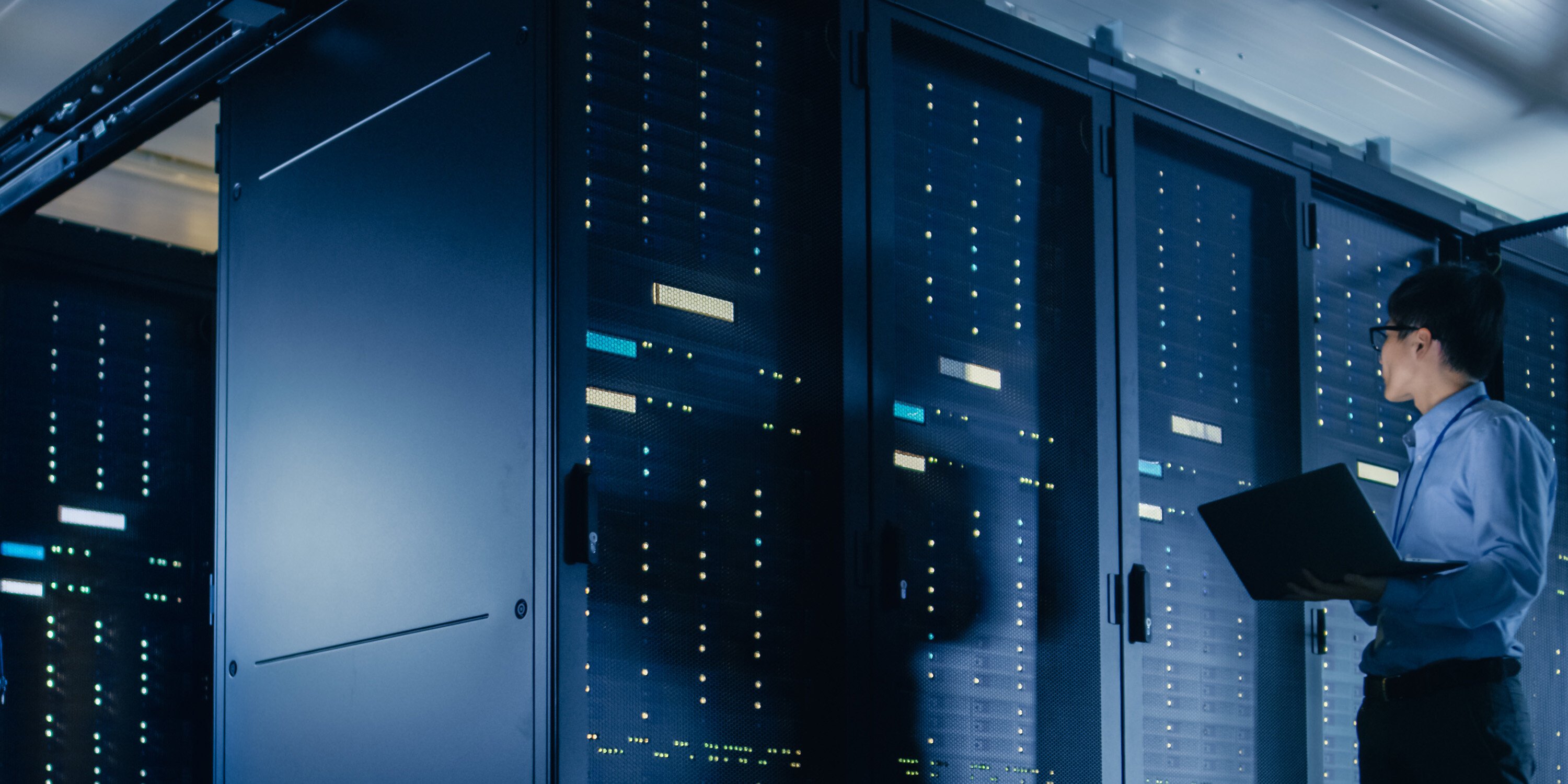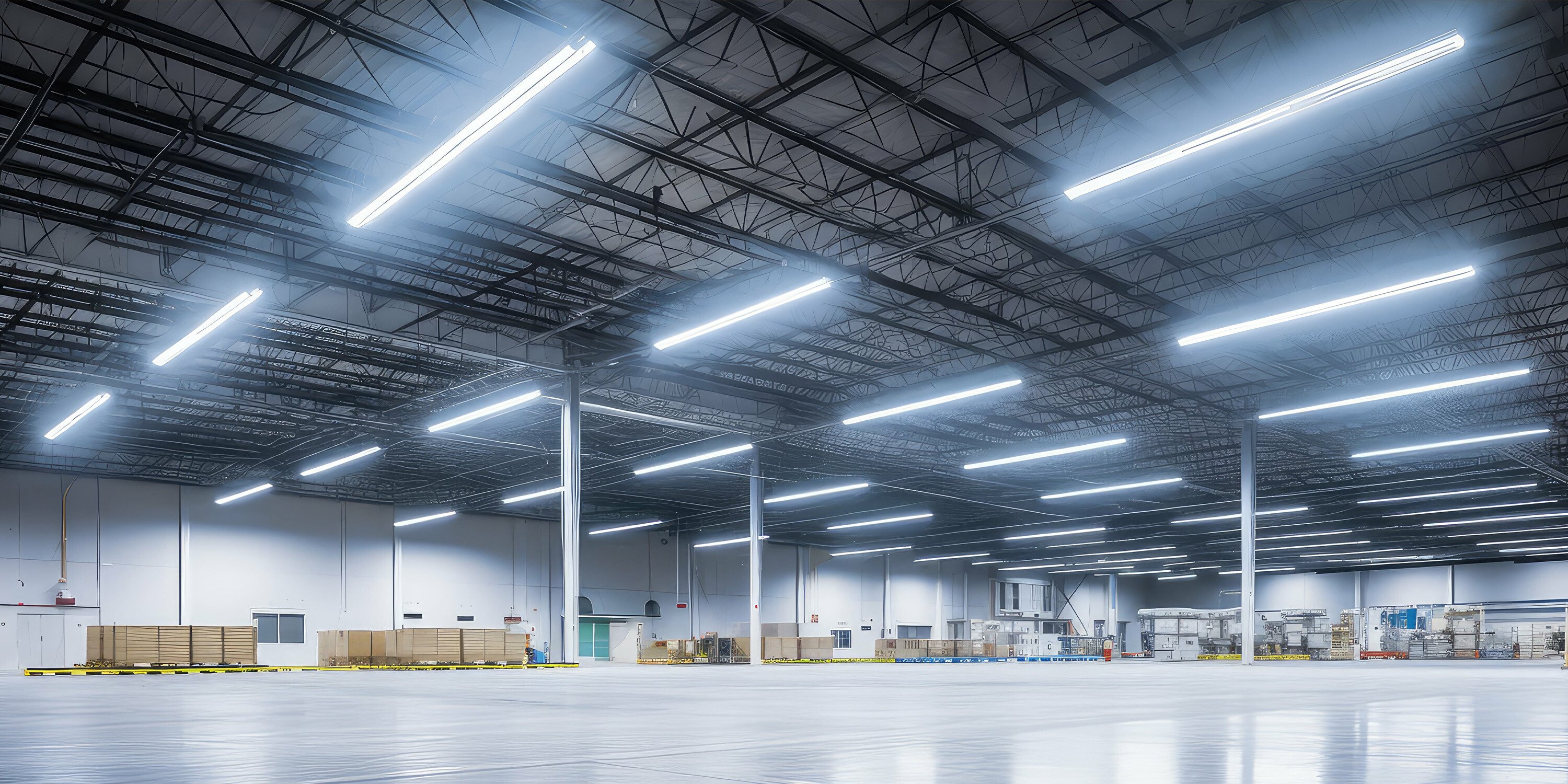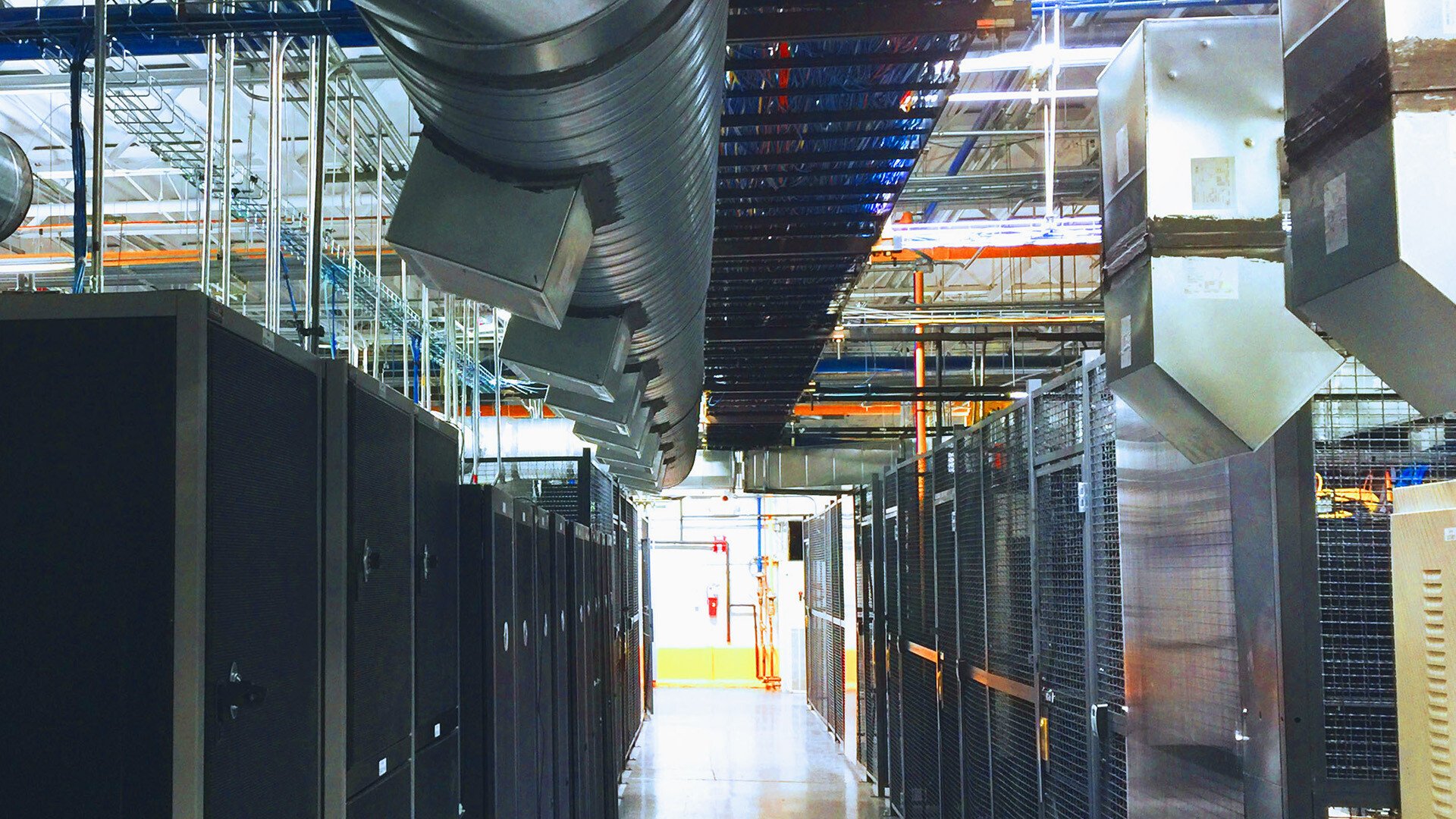Energy Efficiency | April 12, 2021
Meeting the Challenges of Data Center Lighting Projects
Data centers are facilities that contain concentrated infrastructure of equipment for the purpose of computing data. The vast network of computer servers is used by businesses and organizations for the large-scale processing, storage, and distribution of data. Working in and around these spaces presents unique challenges that make implementing safe and efficient networked lighting solutions differ from site to site.
Though they serve a very distinct purpose, data centers are like all commercial/industrial facilities in that they demand ample lighting to enable business process. Suitable for the industry it serves, the lighting should be bright, controllable, as non-disruptive to operations as possible, and therefore, LED.
Articles from 2014, 2017, 2019 immediate populate a search for “data center LED lighting.” Most posts, including one of ours from this timeframe, examine the basics and benefits of data center lighting projects. In 2019, our CEO Adam Fairbanks highlighted the inefficient nature of data center lighting and the high level solutions that are offered to lower energy expenditures. Even though HVAC energy is a majority of the energy spend in the data center, and lighting only represents 2-5% on average, data centers can still get significant savings (tens of thousands of dollars or more per year) and a cost-effective ROI from retrofitted LED fixtures and networked controls.
Sounds like a slam dunk, a no brainer, a walk in the park, right? Not so fast. While upgrading to LED is an obvious choice for today’s facilities, and everybody can recognize the benefits, the data center environment is more complex than a lobby or a warehouse. The amount of fiber optic cable, computer equipment and access to sensitive information makes data centers some of the most secure buildings and a challenge in which to install or retrofit any existing fixtures.
So at this point, you know why LED lighting is critical to data centers. But I wanted to identify and solve the common challenges facility managers can face when tackling this project, and solutions for making it happen.
3 challenges common to data center lighting projects
Working in and around cages
‘Cage’ is a common buzzword in the data center world. Server cages are secure, open-concept metal structures where light and air can move freely throughout but function as physical barriers meant to wall-off certain groups of equipment from others (usually different customers within a colocation facility, for example). Gaining access to these cages can be tricky and often requires advanced notice, or tickets, to get in and perform work. The enclosure itself also adds a dimension to the installation as they are not easy to work around, and in some cases, the cage itself can obstruct access to lighting and fixtures.
If looking into new LED lighting or to retrofit existing fixtures, it’s important to identify a provider who is familiar with working around customer cages and colocation facilities. Because cages are spaces designated to particular colocation clients or business information, they have to be worked in or around with extreme care.
Ensuring precision when installing fixtures around fiber cables and sensitive equipment
Data centers can exceed 1,000,000 square feet and contain hundreds of thousands of servers. The amount of fiber in data centers of that capacity is monumental and any damage to a server or cable can be extremely costly and is unacceptable.
Precision is of the utmost importance when working around equipment, following proper electrical procedures and being aware of your surroundings at all times is pertinent to project success. Most importantly, be sure you can trust your partners and electrical contractors. Bring in lighting partners who have experience upgrading lighting in other data center facilities to ensure they’re comfortable with a complex power infrastructure.
Navigating a legacy site
Modern or newly built data center facilities can have wide open rooms, clearly laid out hot and cold aisles, and uniform fixtures. At this point, many of them are built from the start with LED. Not so for legacy sites! Old data centers, hospital data centers, former server closets that have grown over time, sites that have belonged to half a dozen providers, iterating each time an acquisition occurs – these are the data centers that often need a lighting upgrade the most. But these are also the sites where unexpected challenges come up, from structural impediments in a room to unusual server configurations that can’t be changed.
Once again, experience is key. Older data center sites often stand to benefit the most from an efficiency project such as new LED lighting. The lighting design should be created by a provider aware of the nuances of updating fixtures in legacy sites.
Visibility and savings outweigh the challenges
The possibility of any disruption to a data center can cause facility managers to panic. But when installed by an expert, efficiency solutions can be leveraged at zero disruption to operations and power sources. LED lighting is one the simplest upgrades in a data center space with immediate benefits. As long as you’ve accounted for the challenges of this project type, there’s no reason to wait any longer for better lighting.
Related Posts
Discover more content and insights from Mantis Innovation

The Cost of Inaction: Why Businesses Should Act Now on Energy Efficiency
In today's fast-paced business environment, the financial and operational losses businesses incur by delaying energy efficiency improvements, the "cost of inaction," is more relevant than ever.

In today’s AI era, human intelligence is the key to data center facility and energy optimization
Nowhere else in modern industry do artificial and human intelligence converge with such transformative potential as in the world of data centers. As AI's extraordinary growth accelerates demand for

Your Guide to LED Lighting for Business and Commercial Buildings
Never to be underestimated, LED lighting and well-designed lighting retrofits and upgrades offer businesses big improvements like reduced energy costs, reduced emissions, and improved working

Five Trends Driving Data Center Facility Energy Optimization
Today’s digital economy, commercial and industrial digitalization, and the recent explosion in artificial intelligence and machine learning (AI/ML) powered computing are driving massive growth in